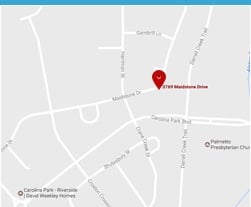
In this last leg of our blog-journey together, I want to share the final key points I learned from our VP of Sales/Marketing, John Vaughan, while we were on a long sales/road trip together. As referenced in the two previous posts, John shared 3 key differentiators with me that consistently sets Zentech apart from other Contract Manufacturers. Previously, I've already covered the importance of high levels of certification and training as well as the significance of having the best equipment and tool sets. I must admit, however, that those were relatively easy to learn, digest and write about compared to the complex subject of Process Controls and Pride of Ownership. In fact, I found the need to reach out to our VP of Operations, Charles Roper, to get a closer look “under the hood” and further understand the meaning and implications of these challenging topics.
The Compound Effect of SMT Process Controls
As the saying goes, “The whole is greater than the sum of its parts.” In the world of SMT assembly that means the equation cannot be simply expressed in terms of PCB + Components + Solder = Functional circuit assembly. First of all, we have multiple lines of very complex automated SMT equipment that places components (at lightning speed) in very precise locations expressed in the form of X, Y, and Z coordinates. The orientation and polarity (or direction) these components face, must also be spot-on. A minute deviation results in failure. This happens for every single component, for every single placement, on every PCB—which is typically part of a panel array that has between 2-100 boards per array. Just do the math—it’s staggering to comprehend! There are hundreds, or perhaps thousands,of variables occurring simultaneously on multiple SMT lines and, at Zentech, we continually monitor and measure all of it in real time to ensure quality, efficiency and cost control.
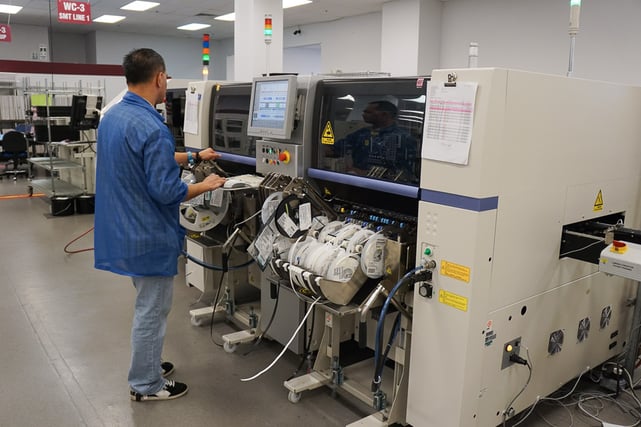
The Not-So-Simple Process of Reflow
Once the components are placed, then they take a custom-tailored trip through our automated reflow ovens. To watch the process, you’d think it was pretty simple. Populated circuit boards taking a leisurely ride on a conveyer through an enclosed oven then coming out the other end solder in place. It’s a deceivingly complex excursion they take, however, and there is nothing simple about it! These sophisticated ovens have anywhere from 8-13 heat zones that are programed for each individual board and product. This is accomplished by dialing in a thermal profile recipe that is unique to your circuit configuration and components during our New Product Introduction (NPI) phase. Once that job is complete, a new program is created specifically for the next build. Again, any minor deviation can have disastrous results. This process is followed by cleaning. What type of cleaning you may ask? Uh, well it depends on each job: could be DI Water, vapor degreaser, chemical cleaners, and so on. These are more processes that must be programmed, monitored and measured continually. (You still doing the math?)
Automated Optical Inspection: Once is not enough!
Once we’ve got all the SMT lines and ovens programmed and set up and ready to process a job, we run a first article and verify it with an Automated Optical Inspection machine that verifies all the above variables are correct and that we have the very complex “recipe” perfected. Only then do we begin to run the rest of the lot. But, running through AOI once is not enough—we do this every 10th board/panel to make sure nothing has changed and to verify we are still getting it right. In this way, we can course-correct and greatly reduce the possibility for costly waste. Ultimately, this ensures reliability and cost control which directly impact our demanding customers in the high-reliability fields of Defense, RF/MW, Space and Medical.
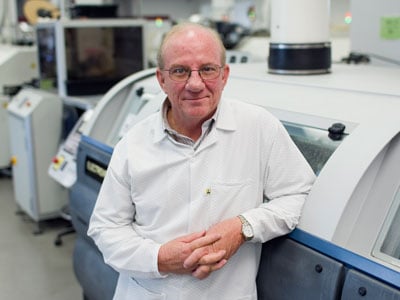
Roper’s Heroes: The Few and The Proud
While we strongly depend on automated SMT equipment, ovens and AOI, we still depend on the keen eyes of our human inspectors. They verify proper component placement, sound solder joints and visually inspect features that are impossible to detect through 2-D AOI. During all phases of visual inspection Zentech equips our highly trained inspectors with instructions that come in a textual format as well as a visual photographic reference of a known-good assembly. This redundancy gives them complete clarity and confidence. Other aspects of non-automated hands-on processes include, hand placement of non-SMT parts, hand soldering and bonding, underfill and conformal coating. Charles Roper, our VP of Operations, refers to our hand-placement experts and inspectors as “artists.” He explained, “These people are artists because they have a blend of excellent training coupled with an untrainable aptitude for the work. Above all, though, they have a strong sense of their own personal pride of ownership.” When pressed further he elaborated; “Pride of ownership" in your work comes through someone’s character—so we proactively look to find people who possess this quality. In other words, we hire it into our organization. Our expectations here are high and unrelenting, so we must have a strong team. We also gather and measure our processes and results in real time through custom designed software and firmware. Our software allows us react immediately, when anomalies arise, but it also allows us to celebrate as a team when it goes really well!”
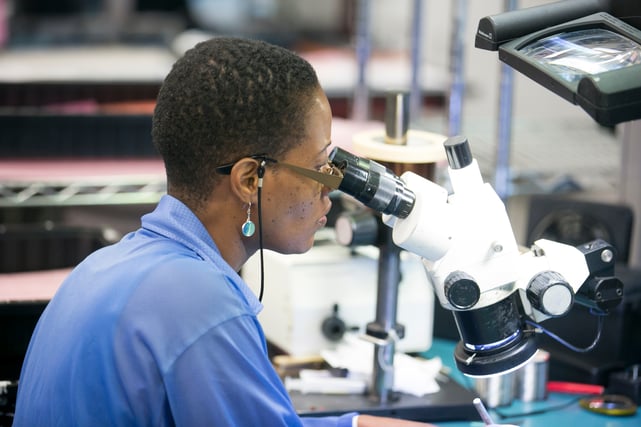
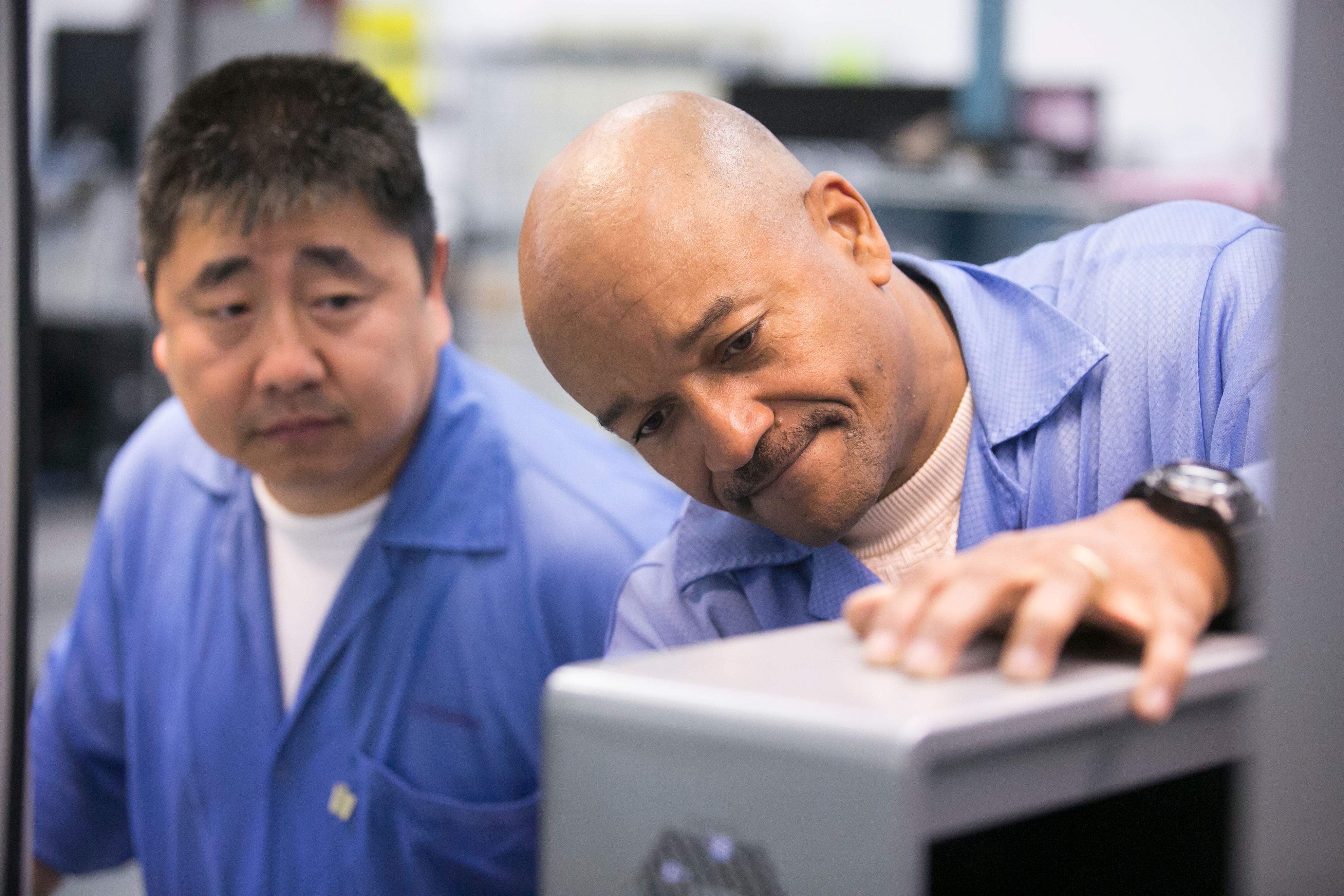

The Mechanical Stuff Matters in Electronic Assemblies
When gazing across the production floor of Zentech, it is very easy to forget how important the mechanical tasks and features of an electronic assembly are. There are 3 key areas of mechanical work:
- Singulating: The separating of boards from panels
- Press fit parts and connectors
- Nuts, bolts, screws and washers
One heavy-handed twist or the slip of a screwdriver can quickly destroy all that careful steps that came before—and that can costs thousands of dollars! Those that oversee and own Zentech’s mechanical processes have to have a laser-focus on their work and give great care to preserve the integrity of each assembly. After all, the measurements of their performance is as equally important as their automated counterparts.
The Quiet Champions of Shipping and Logistics
Every CM that’s worth their salt understands the importance of their shipping department. It plays the final and crucial role of getting the products safely and securely to our customers. There are processes in place here for ESD controlled handling and packaging, vacuum sealing and all the logistical tasks that moves the finished product safely from our dock to our customer’s. Zentech understands that we fully own that product until it is delivered. Our shipping staff makes that happen on time, and in the manner indicated by the product and specified by our customers--while interfacing with multiple shippers, carriers and methodologies.
Sweating the Small Stuff…Because the Big Stuff Matters
Well, there you have it--the differentiators of Process Controls and the importance of Pride and company culture on this Contract Manufacturer who has made an unflinching stand for excellence. We don’t just do this to brag about some numbers that show up on our SPC charts. We do it because real people put their sons and daughters in harm’s way for this country—and their lives count on what we do here at Zentech. We also help launch rockets bound for the Space Station or help enable worldwide communication, or make parts that power medical devices that monitor health and preserve lives. We sweat the small stuff because it’s who we are—but more than that we understand that “The whole (really) is (far) greater than the sum of its parts!”
Contact our team and get your electronics product manufacturing on the “Road Less Traveled” with Zentech. We promise, it will make all the difference!





